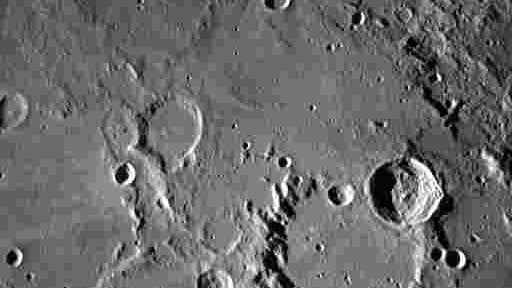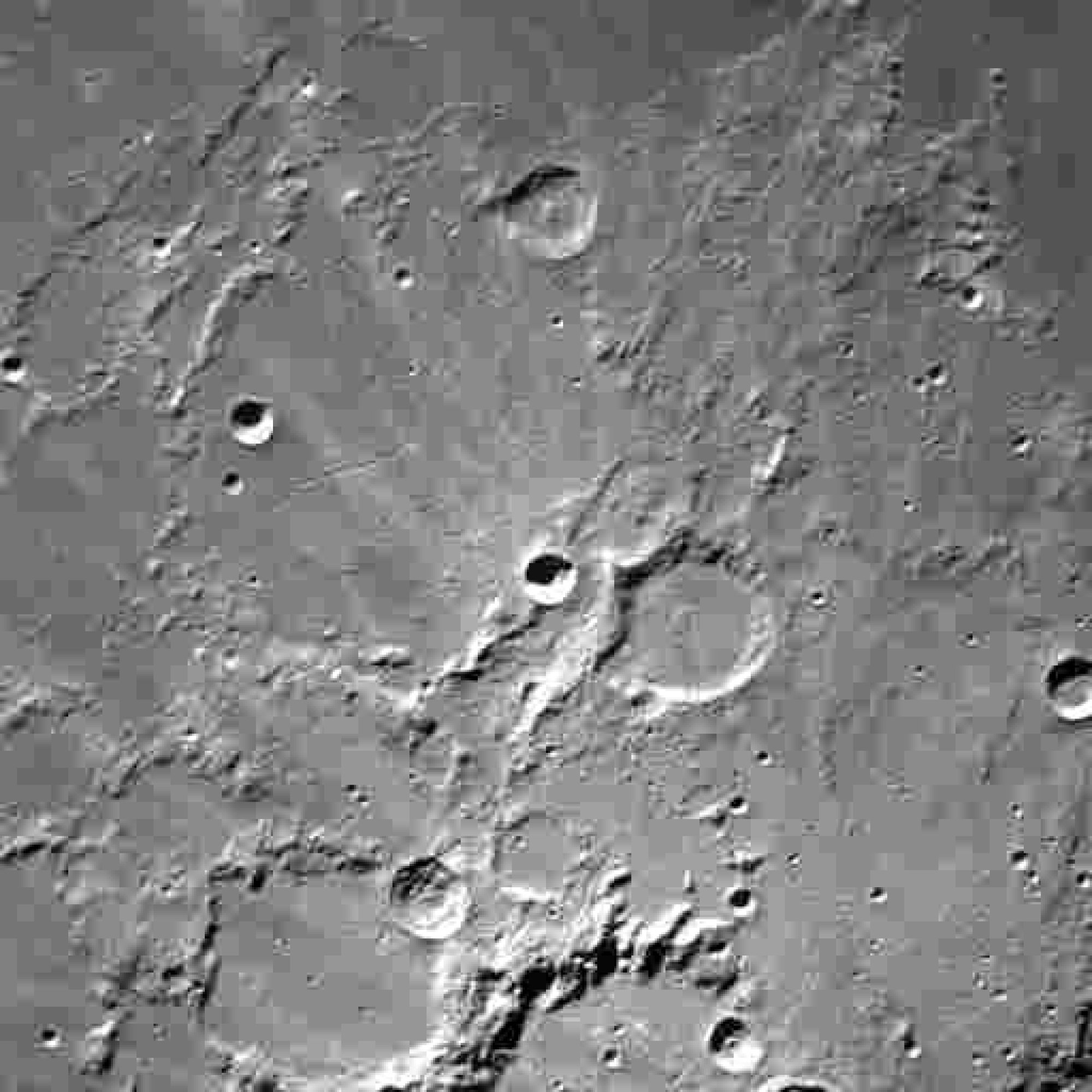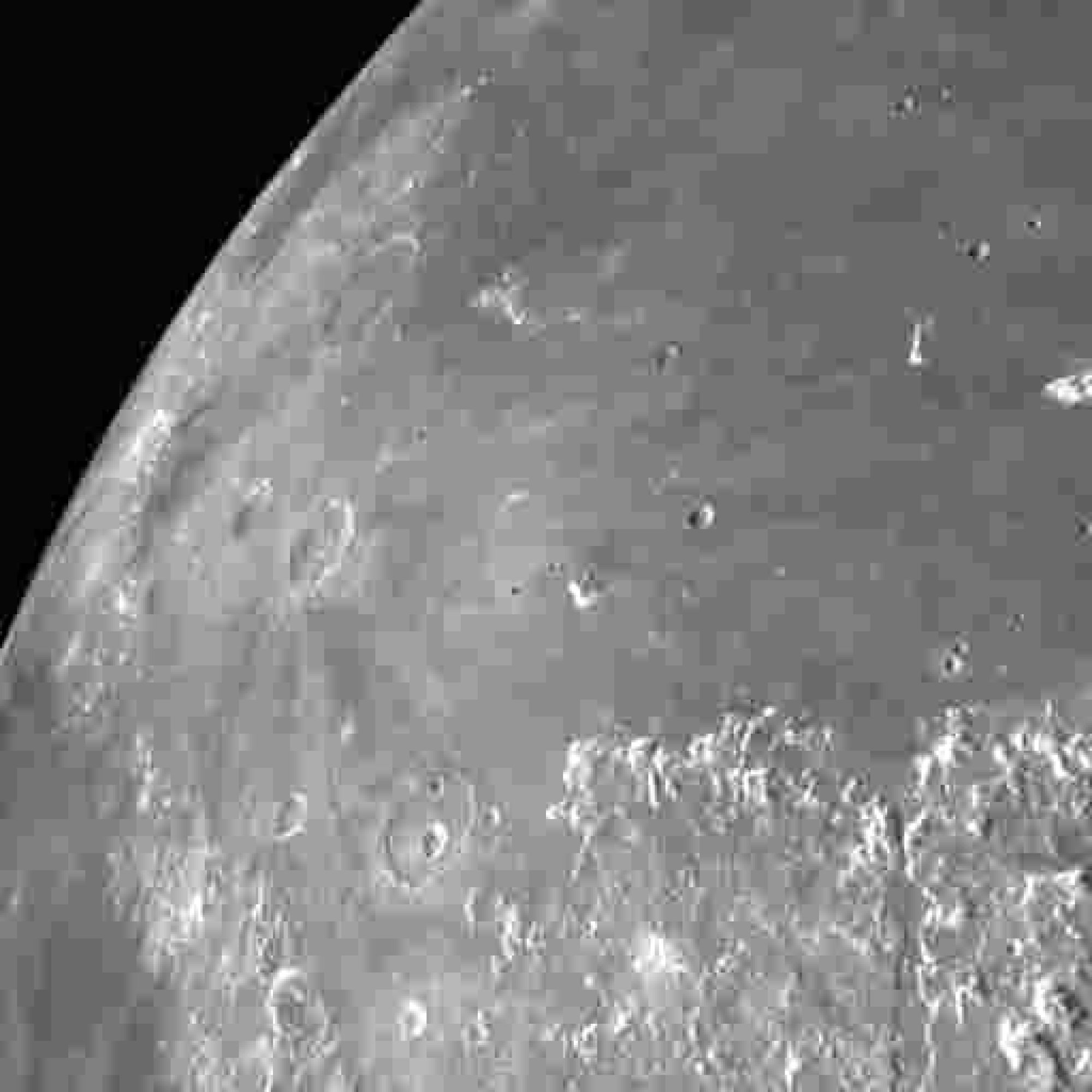Pioneering spacecraft reaches moon’s orbit, beams back images

After more than three months of whizzing through space, Japan’s lunar lander arrived at the moon on Christmas.
The Japan Aerospace Exploration Agency — NASA‘s Japanese counterpart known as JAXA for short — announced that its moon mission had achieved a major milestone on Dec. 25, successfully inserting into an oval-shaped orbit around the lunar north and south poles. For the next month, its orbit will gradually become more circular before it attempts the actual landing.
Whether the spacecraft will succeed in that regard is anyone’s guess: About half of all lunar landing attempts have failed, and only one out of three missions that tried to touch down on the moon in 2023 made it without a crash. In August, India became the fourth country to land on the moon, joining the former Soviet Union, United States, and China as the only spacefaring nations to have achieved this feat. Russia and a private Japanese startup company’s attempts, both robotic spacecraft, didn’t make it.
Getting to the moon, about a quarter-million miles from Earth, isn’t even half the battle. But so far, the SLIM mission, short for Smart Lander for Investigating the Moon, has not disappointed with its close-up photoshoot of the moon. As the spacecraft swooped about 370 miles above the surface, it snapped images with its navigation camera, revealing a lunar surface pocked and splattered by craters.
Apollo moon-landing deniers have taught us that even pictures sometimes aren’t enough to convince folks inclined to believe conspiracy theories. So JAXA stitched together some of the lunar images into a flip book-like video (shown above in this X post) — further evidence of the landmark event.
“You can see that SLIM is indeed moving above the lunar surface,” the Japanese space agency said on X, formerly Twitter, according to a Google translation.
The SLIM mission launched from the Tanegashima Space Center in Japan on Sept. 7 and is expected to touch down near Shioli crater on the moon’s near side on Jan. 20. Its goal is to demonstrate a so-called “pinpoint landing” with an accuracy of less than 100 yards, a level of precision unprecedented for moon landings. Most landing targets are many square-miles in scope.

If Japan succeeds, it will be the fifth nation to set a spacecraft down on the moon.
That will put it a few weeks ahead of U.S.-based Astrobotic Technologies’ moon landing effort, which will try to bring five NASA instruments to the surface, among other payloads. In April, a private Japanese company, ispace, also tried to land on the moon but ran out of fuel on descent and ultimately crashed.
About 60 years have passed since the first uncrewed moon landings, but touching down remains onerous. The moon’s exosphere — an extremely thin atmosphere of gasses barely held by the moon’s gravity — provides virtually no drag to slow a spacecraft down as it approaches the ground. Furthermore, there are no GPS systems on the moon to help guide a craft to its landing spot.

For decades, no one seemed interested in returning to the moon’s surface, but that has changed in recent years, with NASA’s Artemis campaign spurring them on. Several nations and private companies have set their sights on the lunar south pole because of its ice, thought to be buried there in permanently shadowed craters. The natural resource is coveted because it could supply drinking water, oxygen, and rocket fuel for future missions.
That means one day the moon could become more than just a heavenly destination, but a stop on the way to Mars — or possibly even other worlds.